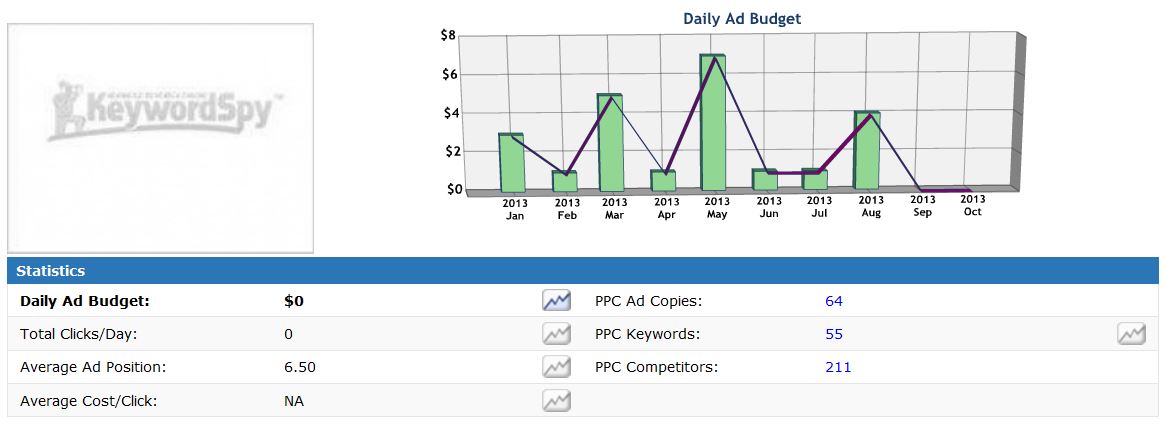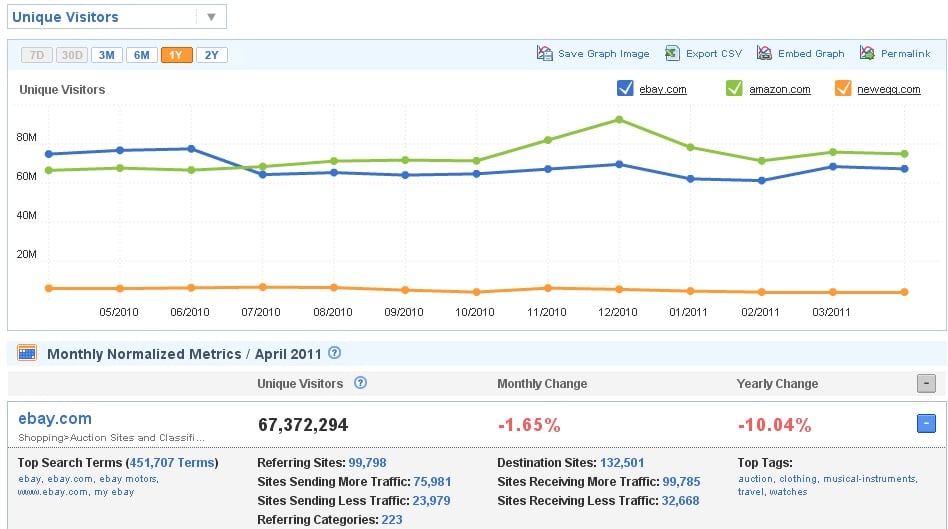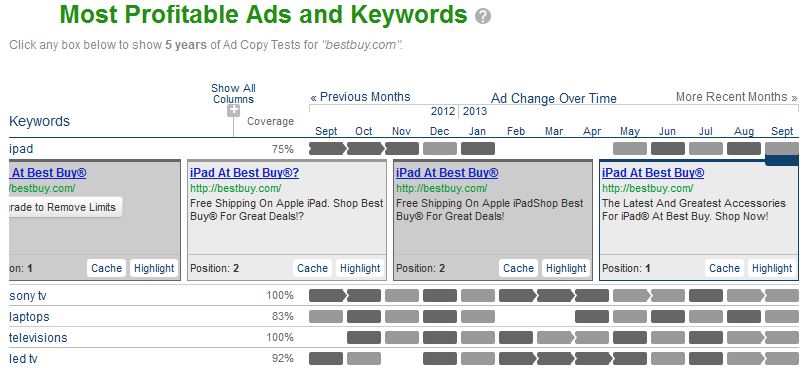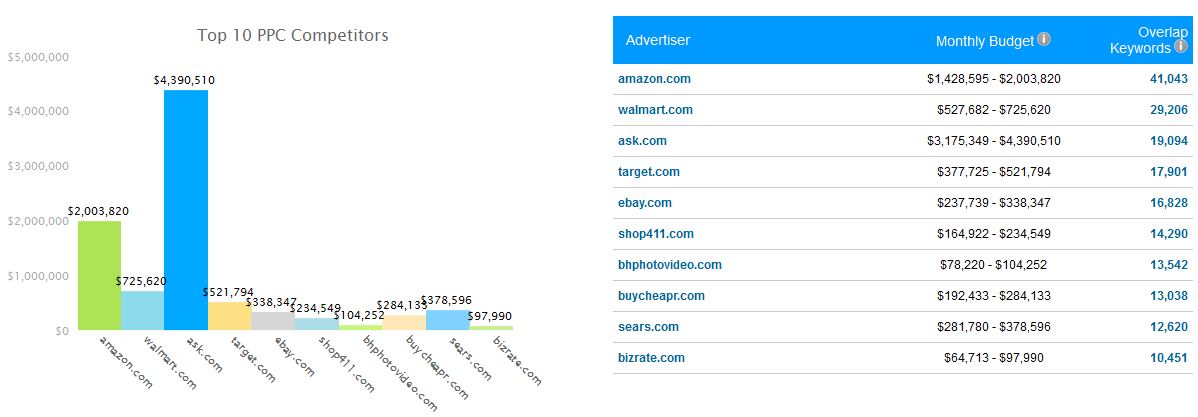There are a lot of tools out there designed to help SEO professionals do their jobs, particularly when it comes to Search Engine Marketing (SEM). For websites targeting a competitive niche, tools with the ability to calculate what competing websites are spending on pay-per-click (PPC) advertising can be especially useful. So I took a closer look at a few tools that claim to have this ability to see how accurate their data really is.
Parameters of the Evaluation
The SEO tools I evaluated were:
- Spyfu
- SEMRush
- KewordSpy
- Ispionage
- Compete
I gauged the accuracy of the tools by comparing their data to the data tracked in the Google Analytics and Google Adwords accounts for each website I evaluated. I compared the data for six different websites that had a range in monthly visits from 1200 to 120,000. The websites were all involved in different industries including entertainment, recreation, travel, and healthcare.
The data was scoped to the United Sates and the specific data points I compared across all the tools were:
- Monthly visits
- Daily Adwords budget
- Clicks per day on paid ads
Overview of Evaluated Tools
The tools I evaluated include the following:
Spyfu
Spyfu has a very intuitive interface that displays information related to paid advertising front-and-center. It also keeps track of your ad history so that you can easily see what ads were displayed when, how they performed, and which keywords were most profitable.

SEMRush
Although the SEMRush interface is not as intuitive as Spyfu, it offers a lot of data related to SEM and also tracks ad history and organic positions in Google. Those of my coworkers who have used both for years, universally prefer SEMRush.

Ispionage
Ispionage has a clean, intuitive interface and also offers a very useful bar graph illustration of how much your competitors are spending on advertising each month. It also has data on ad performance, but no historical view.

KeywordSpy
KeywordSpy isn’t as easy to navigate as the tools mentioned above, and while it does track the success of ads, it doesn’t offer a historical view. KeywordSpy also offers an interesting snapshot of how keyword market share is divided among top PPC and organic competitors, but doesn’t offer any data on competitors’ monthly advertising budget like Ispionage does.

Compete
Compete offered the least amount of data related to PPC advertising than all the tools mentioned above. The only relevant data points it offered for this evaluation was monthly visits and paid clicks per day.

Results
Only Spyfu, SEMRush, and Compete provided estimates for monthly visits. Unfortunately, none of them came close to estimating accurately, being off by as much as 3700% for some websites.
All the tools except for Compete provided data for daily Adwords budget and paid clicks per day, but unfortunately they all failed to show any degree of accuracy. There was also no consistency in the degree of the inaccuracy. For example, one tool might overestimate the daily budget for a website by 80% yet underestimate the budget for another website by the same degree. Based on these results, it is impossible to have any degree of confidence in the data points I looked at, so I would not advise using these tools to get an accurate gauge of your competitors’ ad spend or the number of paid or total clicks they receive, per month.
However, that said, these tools can provide value in other ways. Although their estimates of your competitors’ advertising budget are likely extremely inaccurate, they provide a reasonably reliable indication of whether or not your competitors have actually invested in a Google AdWords campaign (note that most tools do not attempt to measure Bing Ads at all). For those competitors that have PPC campaigns, looking at the trend graphs in these tools can be helpful in understanding when your competitors are investing more or less money in their advertising campaigns. Ongoing fluctuations in ad spend could highlight certain time periods that may be more profitable than others in drawing in traffic through PPC ads in your niche that you weren’t aware of. Alternatively, a large drop in ad spend that never recovered could be an indicator that PPC campaigns did not work for that competitor. The real value of these tools is at the tactical level: SEM specialists gain great value by exporting lists of their competitors’ keywords and ad texts, both of which are key activities to the ongoing optimization of a PPC campaign.
In short, these tools are helpful in giving you a general understanding of what your competitors are doing with their PPC campaigns, and in the ongoing optimization of your own campaign, just don’t focus too much on the exact dollar amounts being reported.





